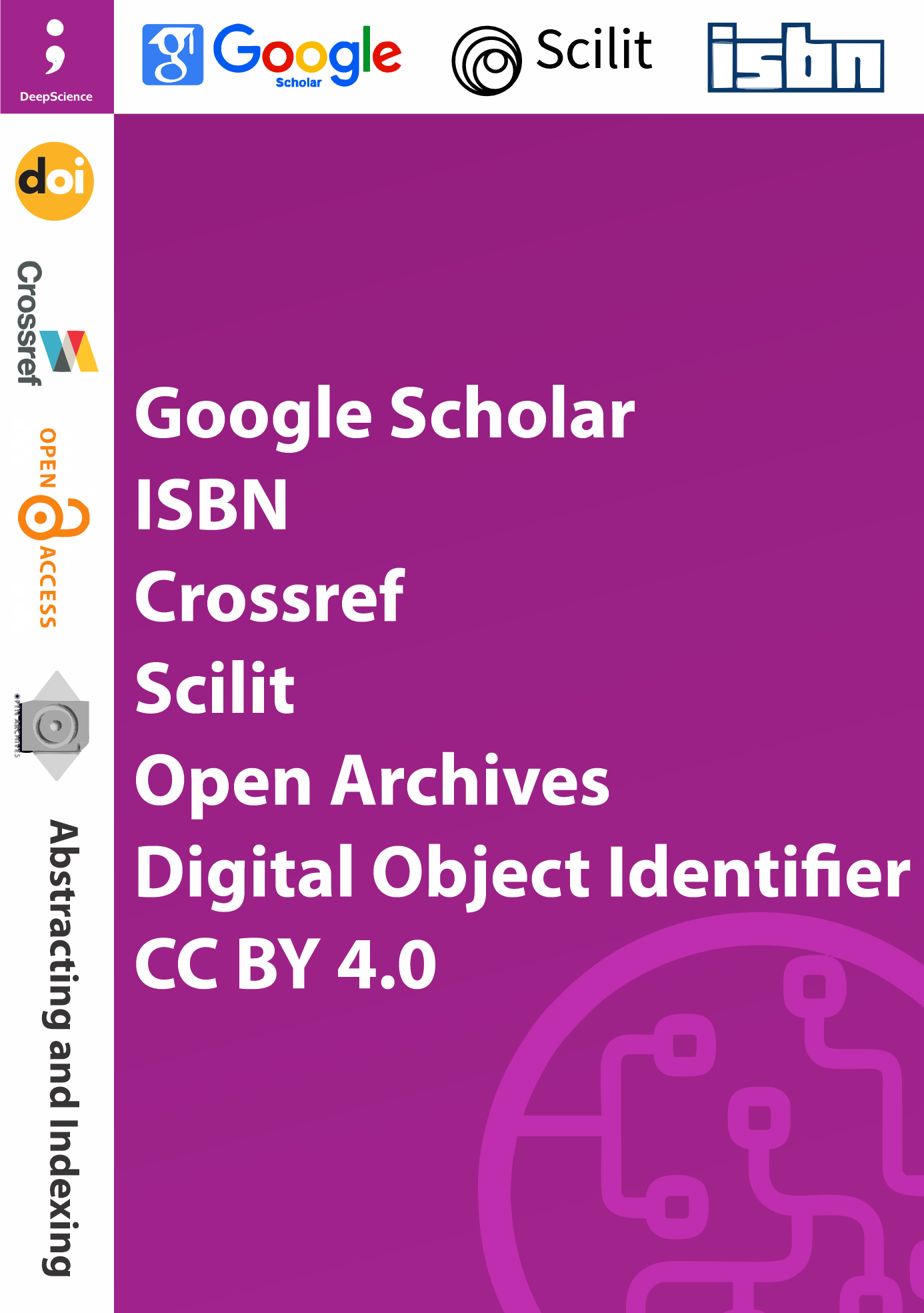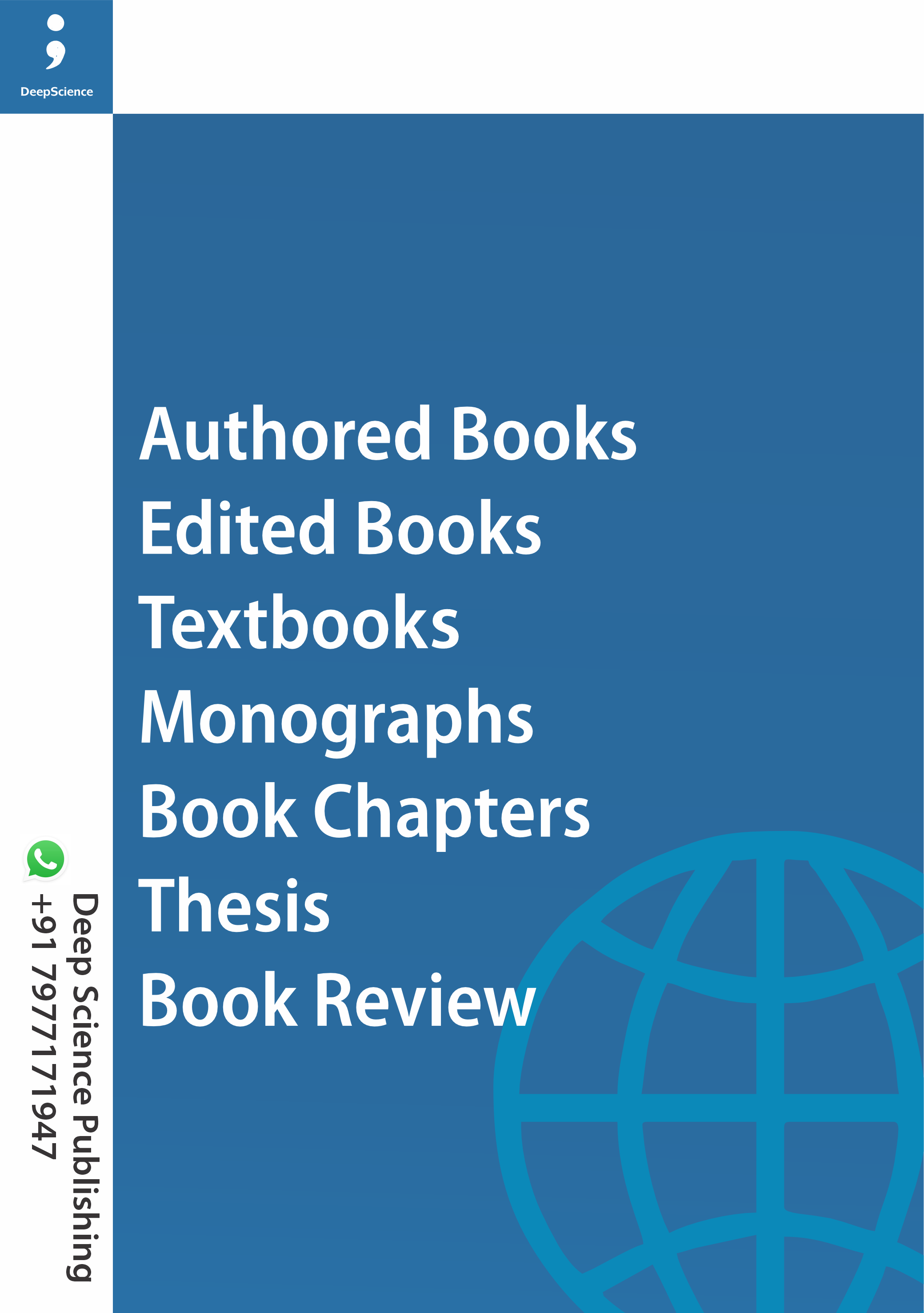Sustainable Physics: Harnessing Energy, Materials, and Green Technologies for a Better Future
Keywords:
Renewable energy, Climate change, Thermodynamics, Life cycle assessment, Green technology, Circular economy, Environmental remediationSynopsis
Sustainability is now one of the biggest challenges for science and society in the 21st century. Sustainable Physics: Harnessing Energy, Materials, and Green Technologies for a Better Future propose a new integrated model for a wider understanding of how physical principles can drive the design of green energy, which, on its part, will give support to new technologies. Interdisciplinary studies are fundamental. For this reason, we are presenting here now the interrelationships between the old and new physics and the way ahead for the world, as far as our environment is changing and we are thinking of the future. The story we are telling now through the chapters we are presenting now is somehow consolidating all walks of the sustainable physics applications, from the renewable energy generation to the advanced material applications, from the management of wastes to the environment protection. The starting point towards these three cruxes for sustainable physics is covering now the basic concepts of physics that can be used for grading energy in thermodynamics way, and energy efficient systems including solar and wind energy, and new energy harvesting technologies like thermoelectric devices, piezoelectric devices and so on. Nanostructures, green materials in technologies, superconductors and quantum materials which are used for nanostructures design in atomic or molecular scales are much more discussed in this book, especially in terms of their applications. As far as physics is now contributing to energy systems, we also put emphasis on science-based modeling of climate, sustainable waste management, water purification as a part of physics path which is converging onto now is considered for environment protection and global circulating economy. The chapters presented are divided now into those of being served as guidelines for under-graduate and graduate in physics and environment fields and those of presenting tools to be used. At the end of the day, Sustainable Physics is calling now for a generation of scientists and innovators, and practitioners who will be responsible for this fields to guide one another on the way forward. Where sustainability and sustainability consciousness should be driven, as we have presented their progress now, both should be on the behalf of making of the scientific discovery and technical progress at the very latest endpoints book imagines a world in which physics can not only describe the universe but preserve it for generations to come.
References
Ahmad, N. A., Goh, P. S., Yogarathinam, L. T., Zulhairun, A. K., & Ismail, A. F. (2020). Current advances in membrane technologies for produced water desalination. Desalination, 493, 114643. https://doi.org/10.1016/j.desal.2020.114643
Alkhadra, M. A., Su, X., Suss, M. E., Tian, H., Guyes, E. N., Shocron, A. N., &Conforti, K. M. (2022). Electrochemical methods for water purification, ion separations, and energy conversion. Chemical Reviews, 122(16), 13547–13635. https://doi.org/10.1021/acs.chemrev.1c00396
Bera, S. P., Godhaniya, M., & Kothari, C. (2022). Emerging and advanced membrane technology for wastewater treatment: A review. Journal of Basic Microbiology, 62(3–4), 245–259. https://doi.org/10.1002/jobm.202100259
Bolisetty, S., Peydayesh, M., &Mezzenga, R. (2019). Sustainable technologies for water purification from heavy metals: review and analysis. Chemical Society Reviews, 48(2), 463–487. https://doi.org/10.1039/C8CS00493E
Cescon, A., & Jiang, J.-Q. (2020). Filtration process and alternative filter media material in water treatment. Mdpi.Com, 12(12), 3377. https://doi.org/10.3390/w12123377
Curto, D., Franzitta, V., & Guercio, A. (2021). A review of the water desalination technologies. Journal, 11(2), 670. https://doi.org/10.3390/app11020670
Das, A., Kamle, M., Bharti, A., & Kumar, P. (2019). Nanotechnology and it’s applications in environmental remediation: an overview. Vegetos, 32, 227–237. https://doi.org/10.1007/s42535-019-00040-5
Feria-Díaz, J. J., Correa-Mahecha, F., López-Méndez, M. C., Rodríguez-Miranda, J. P., & Barrera-Rojas, J. (2021). Recent desalination technologies by hybridization and integration with reverse osmosis: A review. Mdpi.Com, 13(10), 1369. https://doi.org/10.3390/w13101369












